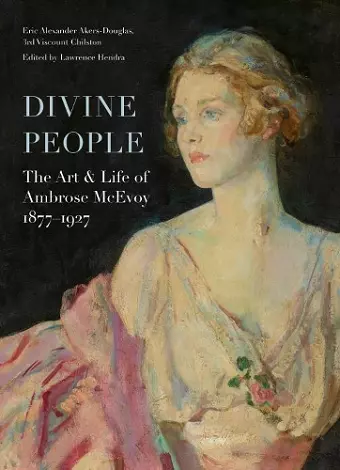Divine People
The Art of Life of Ambrose McEvoy (1877–1927)
Eric Akers-Douglas author Lawrence Hendra editor
Format:Hardback
Publisher:Paul Holberton Publishing Ltd
Published:31st Oct '19
Should be back in stock very soon

Ambrose McEvoy (1877–1927) was one of the most modern and daring English society portrait painters of the early twentieth century. He had a quick and confident style of painting and the rare ability to create a portrait that not only reflected the likeness of the subject but captured and reflected their character. By 1915 he was a household name. His work drew the attention of leading society figures like Winston Churchill and Lady Diana Cooper, and prominent socialites and debutantes were soon vying for sittings in his Grosvenor Road studio. Despite his success, McEvoy's name was quickly forgotten after he died unexpectedly at the peak of his career in 1927. This is due, in part, to the fact that many of his most accomplished works remain tucked away in private collections, and, in part, to the absence of any reliable literature on his life and work. Divine People, the first major written study of McEvoy's life and work, aims to return this long-neglected artist to the canon of twentieth-century British art.
ISBN: 9781911300793
Dimensions: 241mm x 171mm x 33mm
Weight: 1089g
288 pages